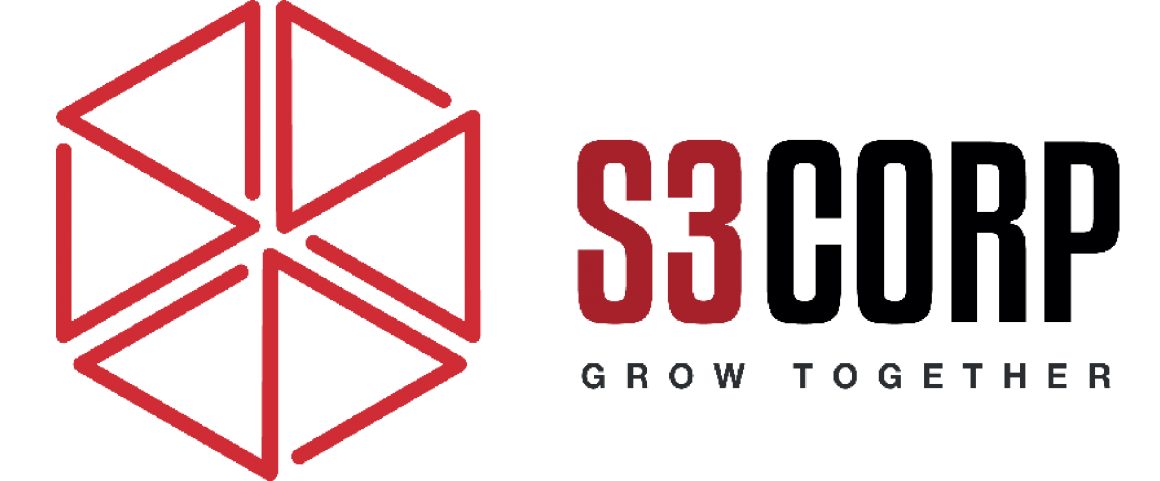Software outsourcing is a powerful solution for businesses striving to deliver top-tier software while managing internal workloads and fostering strong relationships with their customers. By leveraging outsourcing, managers can enhance their company’s capabilities and ensure project success. Among the most widely adopted outsourcing strategies today are IT staff augmentation and Delivery teams. Each model offers unique advantages and drawbacks, making it essential for business leaders to understand their nuances to select the approach that best aligns with their goals.
Delivery Teams
Delivery teams are a popular outsourcing model providing a fully equipped group of specialists. These teams typically include a project manager, software engineers, and quality assurance experts, enabling them to handle the entire software development cycle with minimal oversight. For businesses aiming to offload the complexities of development while maintaining focus on core operations, delivery teams can be a strategic asset.
Delivery teams offer the advantage of rapid deployment. By eliminating the delays associated with hiring and onboarding internal staff, companies can begin their projects immediately. This is particularly beneficial for businesses responding to market demands, as development can commence without the extended timeline required for assembling an in-house team.
Another key benefit is the reduced managerial burden. Delivery teams come with their own leadership, often an experienced project manager adept at navigating the challenges of development. This arrangement allows company leaders to shift their attention to strategic priorities while still being able to monitor progress through clearly defined communication channels and scheduled checkpoints.
Additionally, delivery teams help minimize risk. Building software from scratch involves significant financial investment and operational uncertainties. The specialized skills and experience of delivery teams increase the likelihood of overcoming challenges efficiently. Moreover, many outsourcing agreements tie payment to the delivery of a successful product, ensuring that the outsourcing partner shares the financial risks and is incentivized to deliver quality results.
However, delivery teams are not without drawbacks. One of the most significant concerns is the loss of control. For managers who prefer hands-on involvement, entrusting an external team with critical development tasks can be frustrating. Establishing clear communication protocols and regular updates is essential to mitigate this concern.
Another challenge lies in finding the right outsourcing partner. A poor choice can lead to substandard results, higher costs, or compromised data security. Businesses must conduct thorough research on potential partners, including their industry reputation, past projects, and overall expertise, to ensure a reliable collaboration.
Staff Augmentation
Staff augmentation is another well-established outsourcing model. It involves hiring external contractors to work alongside a company’s internal team during specific stages of a project. This model allows businesses to tap into specialized expertise without the long-term commitment associated with hiring permanent employees.
A major benefit of staff augmentation is the flexibility it offers. Companies can scale their workforce up or down based on project demands, ensuring they have the necessary expertise during critical phases of development without maintaining a bloated workforce year-round. This approach aligns with the lean methodology, enabling businesses to remain agile and responsive to changing market conditions.
Staff augmentation also allows businesses to retain control over their projects. By integrating external contractors into their existing teams, managers can oversee all aspects of development, ensuring that the final product aligns closely with their vision and organizational standards.
However, the model has its challenges. One of the primary drawbacks is the increased managerial responsibility it places on internal leaders. Unlike delivery teams, augmented staff require supervision, coordination, and integration into the existing workflow. This added workload can be burdensome for managers who are already juggling multiple responsibilities.
Despite this, staff augmentation remains a valuable tool for businesses looking to maintain operational control while benefiting from external expertise. Success with this model often depends on a manager’s ability to effectively integrate and lead a hybrid team of in-house and external contributors.
Choosing the Right Model for Your Business
Selecting between IT staff augmentation and Delivery teams requires a clear assessment of your business’s current situation, long-term goals, and specific project demands. Each model offers distinct advantages, and the optimal choice depends on factors such as project complexity, timeline, resource availability, and management preferences.
Assessing Your Project Needs
The first step is to analyze the nature of the project. If your project requires specialized skills that your internal team lacks, both staff augmentation and delivery teams can fill the gap. However, the extent to which you want external involvement will influence your choice.
For example, projects with a defined scope and clear deliverables may benefit from delivery teams. These teams are self-sufficient and can manage the development process from start to finish. They are ideal for businesses that want to delegate development tasks entirely while maintaining focus on strategic goals.
In contrast, if your project requires close integration with an in-house team or involves ongoing iterations based on internal feedback, staff augmentation may be more suitable. This model allows you to incorporate external expertise while retaining control over project direction and decision-making.
Evaluating Timeline and Urgency
Consider the timeline for your project. Delivery teams excel in situations where rapid deployment is critical. Since they are pre-assembled and ready to start immediately, they eliminate the delays associated with recruiting and onboarding new employees. For time-sensitive projects, this speed can make a significant difference.
Staff augmentation, on the other hand, may take longer to integrate effectively, especially if the external contractors need time to familiarize themselves with your company’s systems and processes. However, once integrated, they can provide targeted support during high-demand phases of the project.
Analyzing Resource Availability
Your internal resources, both in terms of personnel and management capacity, play a crucial role in this decision. Delivery teams are largely independent and come with their own management structure, which reduces the strain on your internal team. This is especially beneficial for businesses with limited managerial bandwidth or those whose leadership teams are focused on core business activities.
Staff augmentation requires more active involvement from your managers. They must oversee both permanent employees and external contractors, ensuring seamless collaboration and adherence to project goals. Companies with strong project management capabilities and available leadership bandwidth may find this model appealing.
Considering Long-Term Objectives
Long-term business goals also influence the choice between these models. If your aim is to maintain a lean and flexible workforce, staff augmentation aligns well with this strategy. It allows you to expand and contract your team as needed without the financial commitment of full-time hires.
Delivery teams are better suited for companies focused on achieving specific outcomes without diverting internal resources. By outsourcing entire projects, businesses can deliver high-quality software while maintaining a streamlined internal workforce.
Balancing Control and Autonomy
Your management style and preference for control are critical factors. Delivery teams operate independently, which can be an advantage for businesses that want to minimize day-to-day involvement in the software development process. However, this independence also means relinquishing some control over the finer details of the project.
Staff augmentation provides greater control, as external contractors work alongside your internal team under your direct supervision. This model is ideal for managers who prefer to stay closely involved in the project’s progress and direction.
Managing Risk
Risk tolerance should also guide your decision. Delivery teams often come with risk-sharing agreements, such as payment contingent on successful outcomes, reducing the financial risk to your business. Their extensive expertise and experience also make them better equipped to navigate challenges and deliver reliable results.
Staff augmentation places more responsibility on your internal team to manage risks. While external contractors bring valuable skills, their effectiveness depends on how well they are integrated and managed within your existing structure. This model works well for businesses with robust internal processes and a strong ability to mitigate project risks.
Cost Considerations
Finally, budget constraints play a significant role. Delivery teams typically have higher upfront costs due to their comprehensive services. However, they can provide better value for large-scale projects by offering an all-inclusive solution that reduces the need for additional resources.
Staff augmentation is generally more cost-effective for businesses with a capable in-house team. By hiring contractors only for specific tasks or phases, companies can manage expenses while still accessing specialized expertise.
Conclusion
The choice between IT staff augmentation and delivery teams is not one-size-fits-all. It requires careful evaluation of your project’s demands, internal resources, and strategic goals. By understanding the strengths and limitations of each model, you can make an informed decision that maximizes efficiency, minimizes risk, and delivers the best outcomes for your business.





